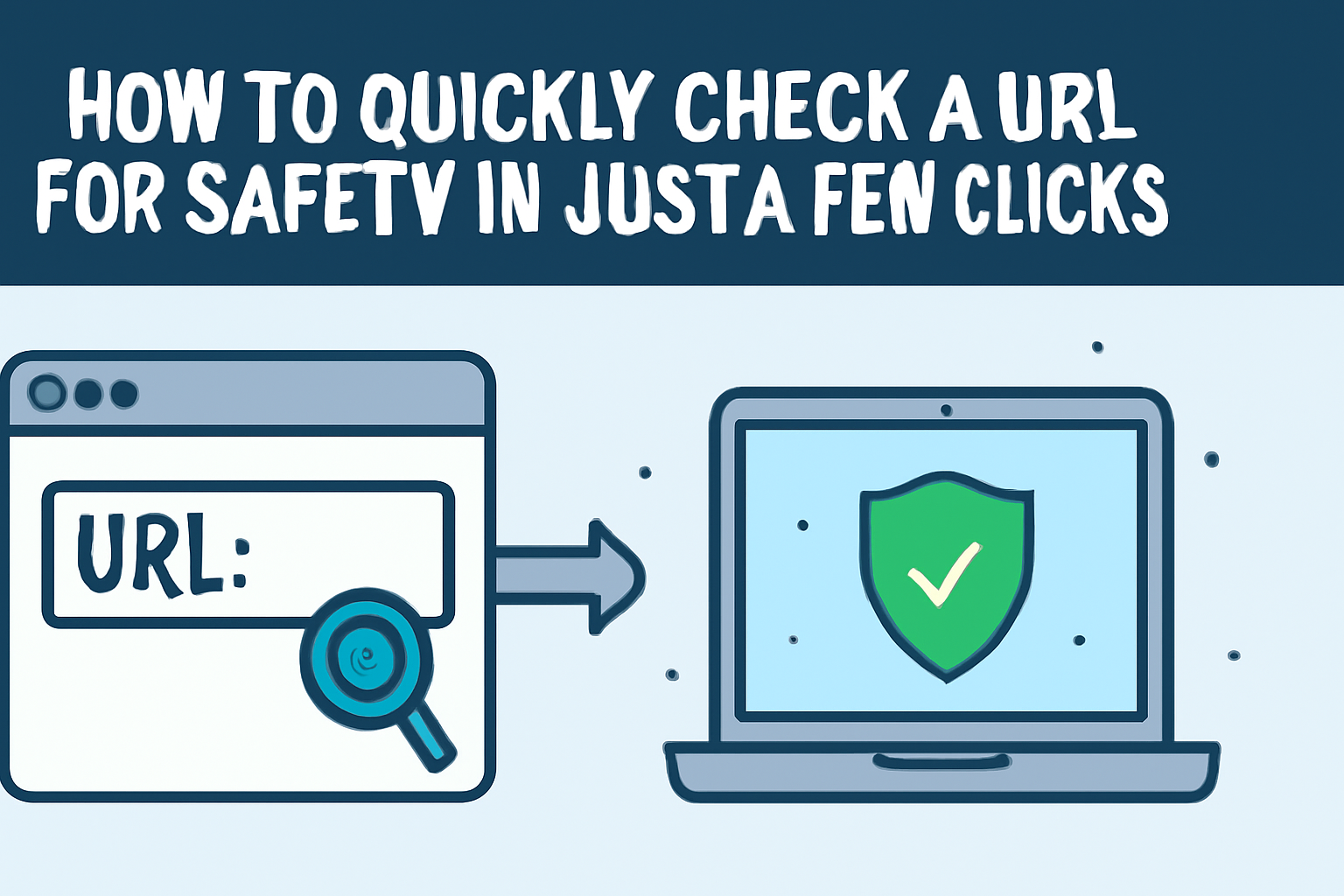How Marketers Are Boosting CTR with Short Links

Introduction: The Power of Click-Through Rates in Marketing
Click-through rate (CTR) is one of the most vital metrics in digital marketing. It determines how effective a campaign is by showing how many users are engaging with the links you place in your emails, social posts, ads, or other online platforms. A high CTR means your content is compelling enough for people to take the next step, whether it’s visiting a landing page, purchasing a product, or subscribing to a newsletter.
Marketers are constantly exploring new strategies to enhance CTR because every click matters. While content, design, and targeting are important, one lesser-known hero in this quest is the use of short links. These compact URLs are transforming the way marketers connect with audiences—and they’re seeing powerful results.
In recent years, short links have evolved from mere URL savers to key performance boosters. The term Shorten World has become synonymous with convenience and efficiency in link management. But what makes short links so effective, and why are marketers across industries swearing by them?
1. Simplicity Attracts Clicks
Long, messy URLs often look untrustworthy. Think about it—when you see a link with a confusing string of numbers, symbols, and characters, do you feel comfortable clicking it? Probably not. Short links remove that hesitation. They offer a clean, neat presentation that looks more legitimate and user-friendly.
By simplifying the look of a URL, marketers make it easier for users to understand what they’re clicking on. This clarity alone can dramatically increase CTR, especially on platforms where character count matters like Twitter or SMS marketing. Users are more likely to click on something that looks professional and intentional.
2. Short Links Create Curiosity
There’s a psychological factor at play with short links. Unlike descriptive URLs, short links don’t give away the entire destination, which can trigger curiosity. People naturally want to know what’s behind the curtain. As long as the context is right, this curiosity can lead to more clicks.
For example, instead of showing a full-length URL like “www.yoursite.com/blog/how-to-grow-your-business-using-digital-tools,” a short link may appear as “short.ly/growbiz.” This slight ambiguity adds a layer of intrigue, and with the right caption or CTA, it can lead to a significant boost in clicks.
3. Enhanced User Trust with Branded Short Links
Although we’re not mentioning specific brands, many companies are now customizing their short links to match their identity. When a short link includes a recognizable name or keyword related to a brand, it not only looks cleaner but also builds trust.
Even generic short links, when managed properly, feel more secure than long ones that contain confusing tracking parameters. Users appreciate transparency, and when they sense the link is being shared with care and consideration, they respond more positively.
4. Trackability and Data Insights
Perhaps one of the biggest advantages of short links for marketers is the ability to track performance. Most short link tools provide analytics, such as the number of clicks, the geographic location of the audience, and even the devices being used. This kind of granular data is a goldmine.
It allows marketers to tweak their campaigns in real-time, test different versions of links (A/B testing), and discover which channels are performing the best. With these insights, it becomes easier to replicate success and avoid strategies that don’t work.
Using tools like https://shortenworld.com/ helps marketers collect this kind of actionable data while maintaining an organized system of tracking every campaign link.
5. Optimized for Mobile Marketing
With the majority of users browsing content on mobile devices, it’s critical to cater to that experience. Short links reduce clutter and improve readability on smaller screens. They are easier to copy, paste, and share, especially in text messages or mobile ads.
When a link is too long, it can get broken across lines or even cut off, making it unusable. Short links avoid this pitfall and ensure that the user’s experience is seamless from beginning to end.
Moreover, some short links can be optimized further by deep-linking to mobile apps, ensuring that users land in the most relevant section of an app instead of a general homepage. This kind of precision also contributes to higher CTR.
6. Effective in Multi-Channel Campaigns
Marketers today rarely rely on a single channel. They promote content across emails, social media, blog posts, podcasts, video descriptions, and even QR codes. Managing URLs across all these platforms can be a nightmare—unless short links are involved.
Short links provide a unified, manageable way to keep track of different campaign elements. Whether you’re running a flash sale, launching a new product, or sharing a survey, short links can be easily adjusted, replaced, or redirected without breaking the user experience.
And since they’re easy to remember, some short links can even be read out loud in webinars or radio ads, increasing their utility across mediums.
7. Boosted CTR in Paid Advertising
In paid advertising, you pay for every impression or click—so every click counts. When a user hovers over your ad and sees a long, ugly link in the preview, they may back away. But a short, clean link increases the chance they’ll go through.
Short links are particularly helpful in PPC ads, banner ads, and sponsored content. They not only look better but also can be A/B tested more effectively. For example, marketers can test multiple short link variations to different landing pages and compare the CTRs to see which performs best.
8. Custom CTAs Improve Engagement
Some short link tools offer the ability to customize the back half of the URL. So instead of using random characters, you might create a short link like “short.ly/summerdeal” or “short.ly/freeguide.” These custom endings act like mini-CTAs themselves and can significantly boost engagement.
They set expectations for the user, signaling what kind of content they’ll find after the click. This reduces bounce rates and improves conversions, not just CTR.
9. Useful in Offline Marketing Too
Think short links are just for online campaigns? Think again. They’re incredibly useful in print media, brochures, posters, business cards, and even product packaging. Long URLs don’t belong on physical materials—they’re hard to type and easy to mess up.
Short links are easy to remember and easy to type. This makes them perfect for offline promotions where QR codes might not be the best fit or where a human-readable link is still necessary.
10. Facilitates Split Testing Easily
Another smart move marketers are making with short links is using them to test various strategies. Want to know which headline works better? Or which social platform drives more clicks? Create different short links for each version and track the data.
Split testing with short links is simple, cost-effective, and helps marketers make better decisions. Whether it’s testing timing, copy, images, or platforms, short links make it easier to evaluate performance accurately.
Conclusion: Small Links, Big Impact
Short links are proving to be a secret weapon in the marketer’s toolkit. By making URLs more attractive, trackable, and trustworthy, marketers are not only increasing their click-through rates but also building better user experiences. These simple tools pack a punch and can make or break a campaign’s success.
So, whether you’re just starting out in digital marketing or are managing massive campaigns, short links deserve your attention. Their impact on CTR is real, measurable, and transformative.


